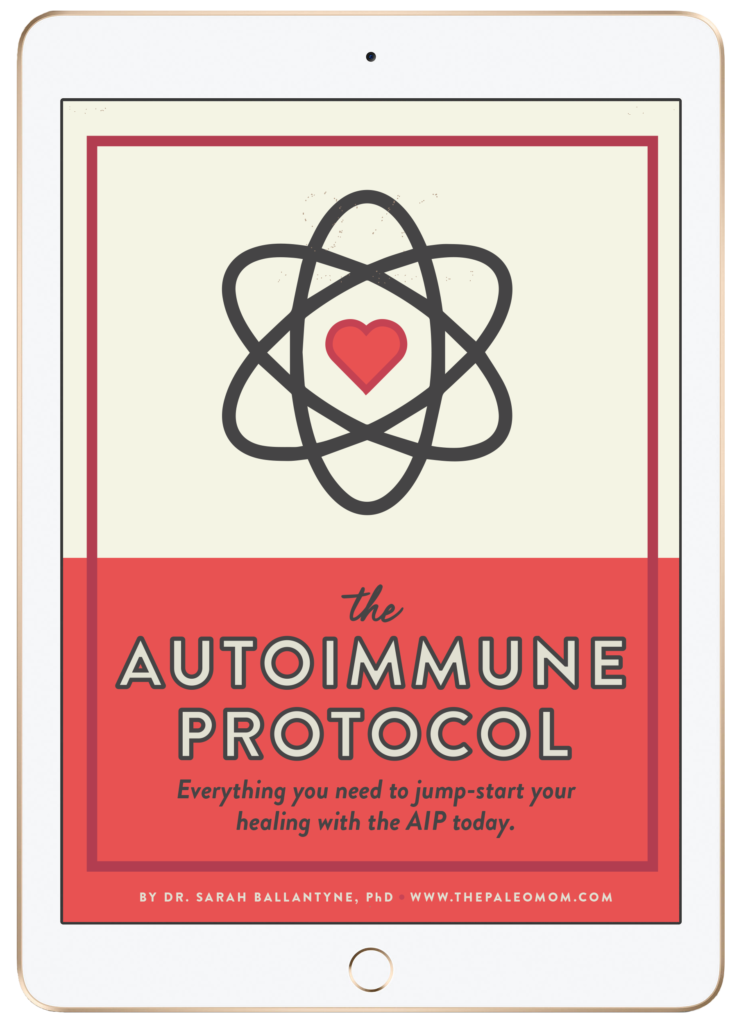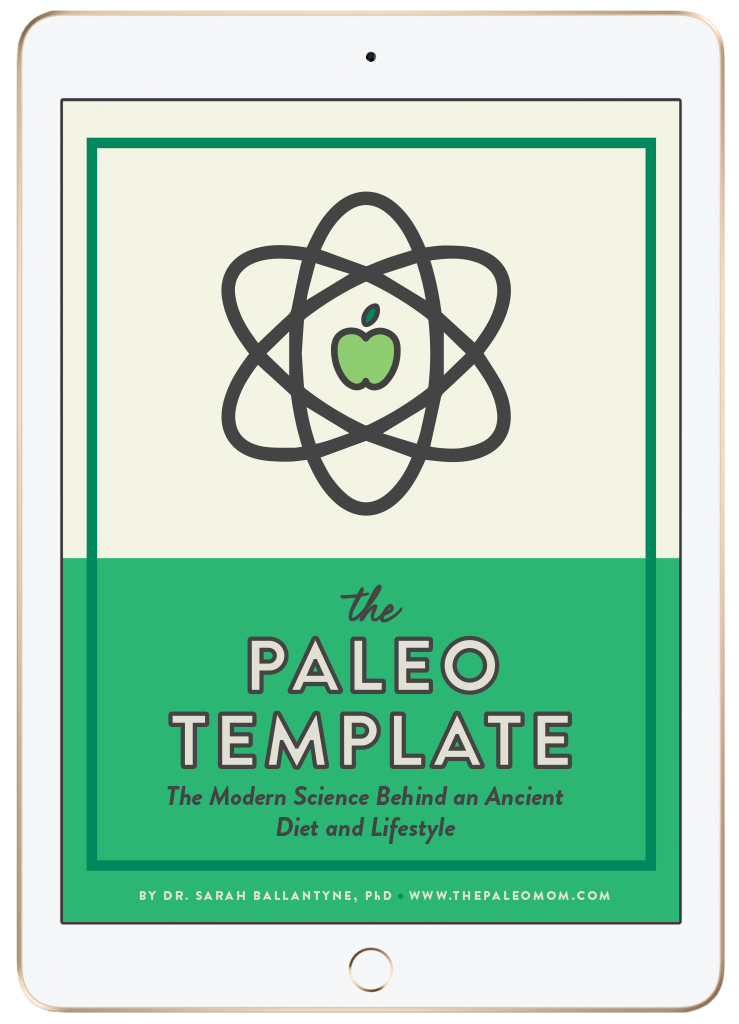As we learn more about the novel coronavirus (technically called SARS-CoV-2, the virus responsible for causing the covid-19 pandemic illness), a common emerging question is “How do I clean (my hands, my groceries, surfaces in my home, car or workplace, etc.) properly to eliminate the possibility of exposure”? In order to thoroughly answer this question, it helps to understand the susceptibility of SARS-CoV-2 to cleaners versus disinfectants, and it helps to understand the technical difference between cleaning (where you’re removing bacteria and viruses by trapping them in soap or detergent and rinsing/wiping them away) versus disinfecting (where you’re killing bacteria and viruses with a powerful antimicrobial chemical but generally leaving them in place).
So, let’s dig in!
Survivability of SARS-CoV-2 in Air and on Surfaces
![]()
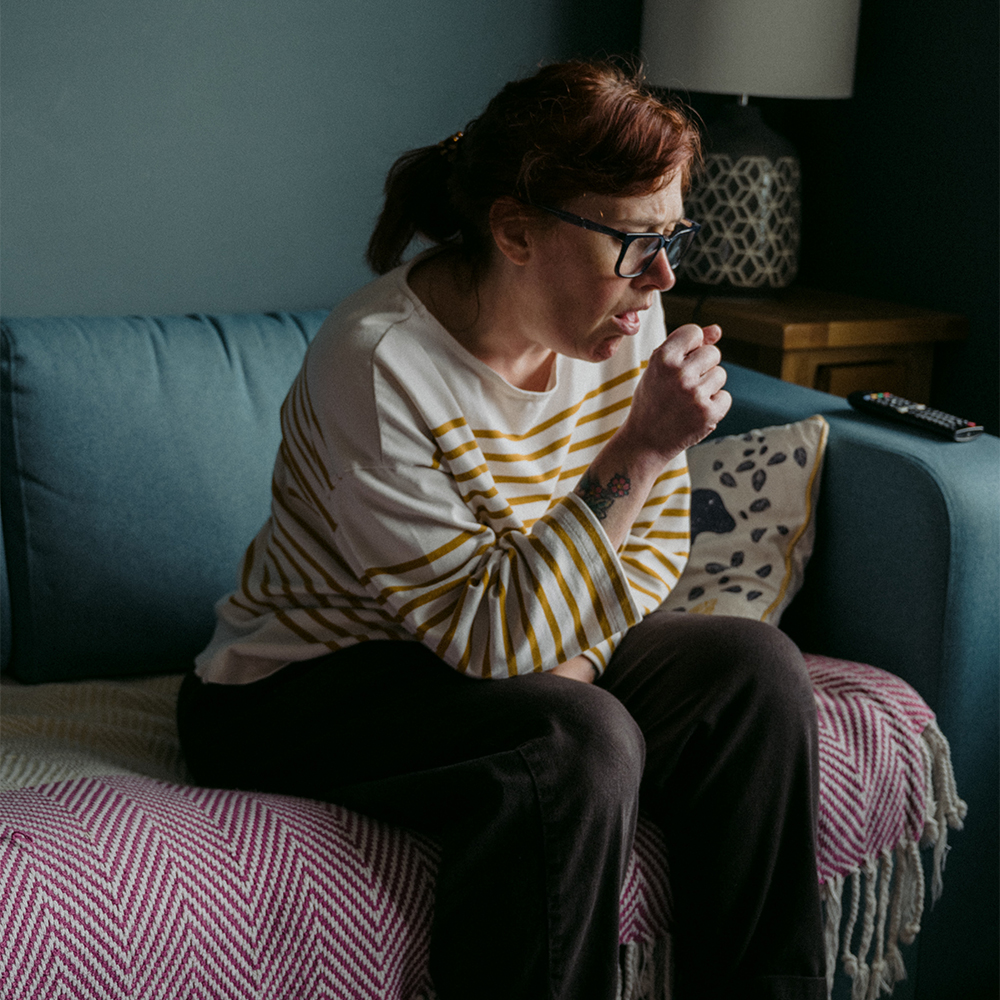 A study published on March 17 measured how well SARS-CoV-2 survives as an aerosol, on plastic, on stainless steel, on copper, and on cardboard. (This study also compared the novel coronavirus SARS-CoV-2 to a highly related coronavirus, SARS-CoV-1, the virus responsible for the 2002 SARS epidemic.) In this experiment, live viruses were applied to the various surfaces and maintained at 21 to 23°C (room temperature) and 40% relative humidity for 7-days, with the amount of viable virus remaining being measured along the way. SARS-CoV-2 survived most easily on plastic, with viable virus detected even after 72 hours (most of the virus had died over that time though, there was only about 0.08% of the initial amount of virus still viable). Stainless steel was a close second, with viable virus still detectable 48 hours later (again, about 0.08% of the initial virus was still alive). The virus did not survive as easily on either copper or cardboard. By 24 hours, no viable SARS-CoV-2 was measurable on cardboard, and on copper the virus was completely dead by 4 hours. As an aerosol, SARS-CoV-2 had high survivability for at least 3 hours, which is why respiratory droplets are the dominant mode of transmission and top priority for avoidance (also see Natural Approaches to Cold & Flu Season (and Covid-19!)).
A study published on March 17 measured how well SARS-CoV-2 survives as an aerosol, on plastic, on stainless steel, on copper, and on cardboard. (This study also compared the novel coronavirus SARS-CoV-2 to a highly related coronavirus, SARS-CoV-1, the virus responsible for the 2002 SARS epidemic.) In this experiment, live viruses were applied to the various surfaces and maintained at 21 to 23°C (room temperature) and 40% relative humidity for 7-days, with the amount of viable virus remaining being measured along the way. SARS-CoV-2 survived most easily on plastic, with viable virus detected even after 72 hours (most of the virus had died over that time though, there was only about 0.08% of the initial amount of virus still viable). Stainless steel was a close second, with viable virus still detectable 48 hours later (again, about 0.08% of the initial virus was still alive). The virus did not survive as easily on either copper or cardboard. By 24 hours, no viable SARS-CoV-2 was measurable on cardboard, and on copper the virus was completely dead by 4 hours. As an aerosol, SARS-CoV-2 had high survivability for at least 3 hours, which is why respiratory droplets are the dominant mode of transmission and top priority for avoidance (also see Natural Approaches to Cold & Flu Season (and Covid-19!)).
Another study published April 2 performed a similar experiment to measure how much time it took before there was no detectable viable SARS-CoV-2 on various surfaces. On both printing paper and tissue paper, there was no remaining viable virus by 3 hours. On both wood and cloth, it took 2 days before there was no remaining viable virus. SARS-CoV-2 could survive on glass for up to 4 days and on both stainless steel and plastic for up to 7 days.
How does this stack up to related viruses? It’s actually pretty similar. A review of studies of other coronaviruses that infect humans (such as SARS-CoV-1 and MERS-CoV) show that other members of this class of viruses can survive on glass surfaces for 4 to 5 days, on steel for between 3 hours and 4 days, on aluminum for 2 to 8 hours, on wood for up to 4 days, on paper for between 3 hours and 5 days, on plastic for between 8 hours and 9(!) days, on latex gloves for up to 8 hours, and up to 5 days on ceramic, Teflon or PVC. Why the wide ranges on some surfaces? Factors impacting survivability include which specific virus we’re talking about, how much virus was initially applied, temperature and humidity in addition to the specific surface. And while we don’t have as comprehensive data on SARS-CoV-2 yet, it seems to fall within these average ranges too. The comparisons in the first study described above showed SARS-CoV-2 has better survivability than SARS-CoV-1 on cardboard and stainless steel but lower survivability on plastic and copper.
It’s also worth noting that these studies only measure survivability of the novel coronavirus. One thing we don’t yet know is how easily the virus might be transferred from these various surfaces onto our hands and then into our bodies when we touch our eyes, nose or mouth. That will certainly change how we view the safety of various surfaces, but in the absence of this information, it’s safest from a public health standpoint to assume (even though it’s almost certainly not going to be the case) that whatever viable virus is remaining on these surfaces can be easily transferred to us when we touch the surface.
The main take-home here is 1) that respiratory droplets are still the biggest concern for transmission, and 2) that this virus can survive on surfaces for quite a long time, making contaminated surfaces an additional concern for transmission. Given that there’s now good evidence that people can shed virus while asymptomatic or presymptomatic, treating anyone you encounter as contagious, and every high-touch surface in your home, in addition to delivered packages, mail, or groceries, as a potentially contaminated is a prudent course of action.
The Autoimmune Protocol E-Book!
One of my FAVORITE books I used to start the transition to AIP!!! It’s so helpful! I printed mine out and spiral bound it. Thank you for this! -Rita Davidson
The Autoimmune Protocol e-book is your up-to-date guide to jump-start your healing with the AIP today.
- 3oo+ pages of quick-access information on the AIP
- 4 weeks of meal plans with shopping lists
- over 80 family-friendly recipes, all 100% AIP!
Get instant digital access for $19.99
Buy Now
So, what is the implication for packages mailed to your home? First, assume the last person to touch them was contagious (this is the better-safe-than-sorry approach). So, the best option is to choose slow shipping (so the contents of your package were packed 5 to 7 days ago, it’s better for the environment anyway) and leave packages outside for 24 hours before opening if possible. Then, you can treat the package and its contents as safe. If you can’t do that, treat the package and its contents as being potentially contaminated. No, you don’t need to disinfectant spray your mailbox every day, but do clean everything in your package before putting it away (washing hands as often as necessary during the process to avoid potentially spreading virus particles from the package or its contents to other places in your home, and make sure to avoid touching your face the whole time you’re unpacking a package). Adios the packaging and then clean any surfaces in your home your package and its contents touched. Clean and disinfect any high-tough surfaces such as door knobs, faucet and soap pump that you may have touched in the process as well. Finally, give your hands one last thorough washing. What’s the best cleaner and disinfectant to use for this process? I’m so glad you asked…
Susceptibility of SARS-CoV-2 to Cleaners and Disinfectants
The good news is that the novel coronavirus is quite susceptible to disinfectants. The same review of studies of other coronaviruses (such as SARS-CoV-1 and MERS-CoV) discussed above show that this class of viruses are efficiently deactivated within a minute by 62–71% ethanol, 0.5% hydrogen peroxide or 0.1% sodium hypochlorite (household bleach). Other biocidal agents such as 0.05–0.2% benzalkonium chloride or 0.02% chlorhexidine digluconate were less effective and required much longer exposure to fully deactivate the virus. And a study looking at SARS-CoV-2 show that it is also deactivated quickly (in 5 minutes or less) by all disinfectants tested, including ethanol, household bleach, povidone‐iodine, chloroxylenol, chlorhexidine, and benzalkonium chloride.
The novel coronavirus is also susceptible to soap. Coronaviruses (including SARS-CoV-2) are enveloped RNA viruses. Its structure has three main components: RNA encompassed in a capsid protein layer that is itself encompassed in a lipid envelope. That’s good news because it means that it’s very susceptible to regular soaps and detergents, which break up the lipid envelope inactivating the virus’ ability to infect our cells. It’s very much like how dish soap dissolves the grease from a dirty pot into the dishwater. By vigorously lathering our hands for a full 20 seconds with soap, we’re trapping viruses that might be on our hands, rendering them inactive, and then washing them down the drain when we thoroughly rinse our hands for a full 10 seconds. One study showed that hand soap even had a disinfectant effect on SARS-CoV-2, with only 1 in 3 samples having any measurable viable virus after 5 minutes and no detectable virus in any samples by 15 minutes.
Hand Washing vs. Hand Sanitizer
![]()
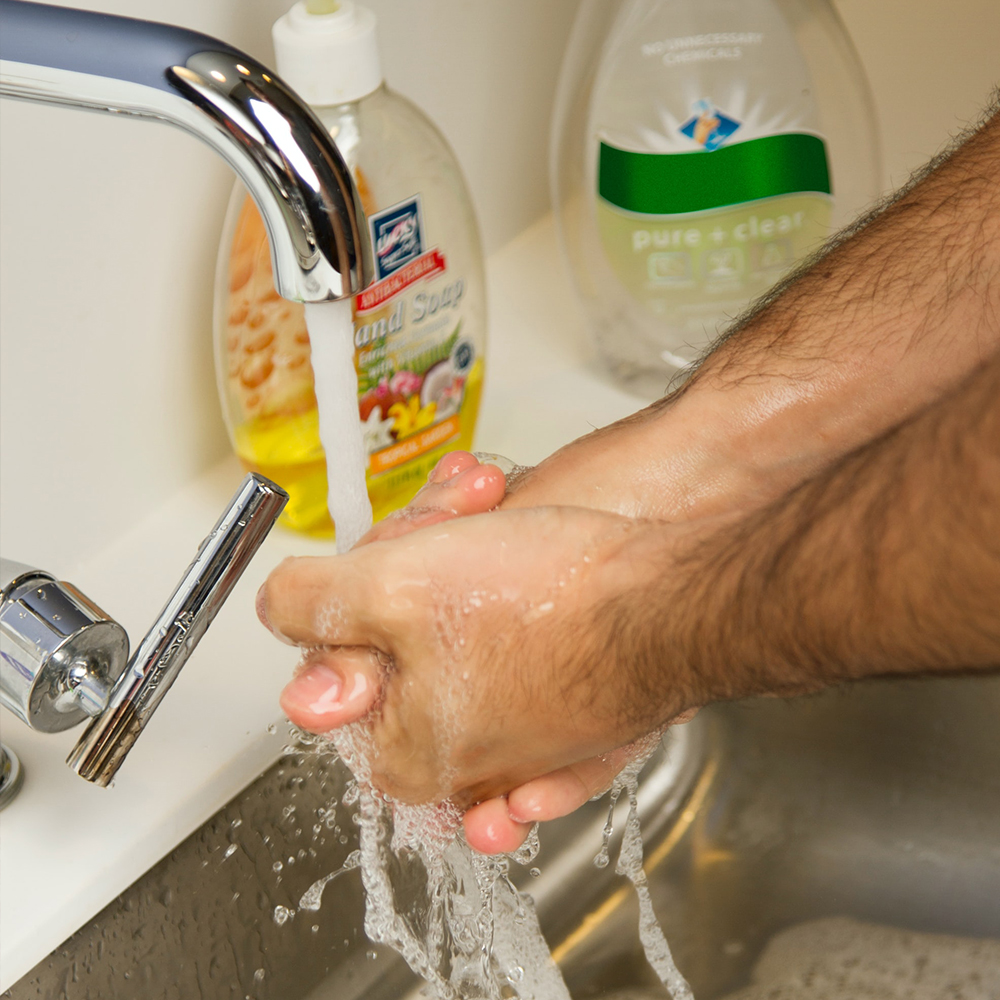 Given that disinfectants like alcohol and bleach work so quickly to inactivate SARS-CoV-2, you might be wondering if it’s better to use an alcohol-based hand sanitizer compared to being bored out of your wits while washing hand for a full 30 seconds (20 seconds of lathering and 10 seconds of rinsing), singing Happy Birthday over and over (and over and over). Actually, studies show that when both options are available, proper hand washing is always preferable.
Given that disinfectants like alcohol and bleach work so quickly to inactivate SARS-CoV-2, you might be wondering if it’s better to use an alcohol-based hand sanitizer compared to being bored out of your wits while washing hand for a full 30 seconds (20 seconds of lathering and 10 seconds of rinsing), singing Happy Birthday over and over (and over and over). Actually, studies show that when both options are available, proper hand washing is always preferable.
Influenza is also an enveloped RNA virus. One 2015 study showed that hand washing for 30 seconds effectively removed rotavirus, influenza A virus, poliovirus Sabin 1, adenovirus type 5, parechovirus 1, and MNV1. Rubbing hand sanitizer for a full 30 seconds was only effective on rotavirus and influenza A. A 2019 study found a similar result in influenza-infected patients.
And, it’s super important to wash hands properly and often! A 2016 study looking at the effectiveness of hand-washing on influenza infection showed that proper hand-washing (a full 30 seconds with soap and water) at prudent times (like before eating, after using toilet, and after returning home from community activities) reduced the chances of getting the flu from 26% to 3%. That almost a 90% reduction in flu incidence from hand washing.
If hand washing is not an option, opt for a hand sanitizer that is at least 60% alcohol and apply enough so that it takes a full 30 seconds of rubbing your hands together before it fully evaporates (and a minute is better!). Aside: this is not a time to take chances with essential oil or colloidal silver-based hand sanitizers, as these do not have established antiviral properties effective enough for this purpose. For example, while there’s mixed data on whether or not colloidal silver and silver particles have antibiotic properties, the one study that has tested its impact on viruses showed that had absolutely zero effect.
So, next question: Won’t all this hand-washing kill my skin microbiome? Yes, but as long as you’re steering clear of antibacterial hand soaps (with harsh antibiotic chemicals added), it’s not a huge effect. Studies have definitely shown disruption of the skin microbiome of antibacterial soaps (for example, ones containing benzalkonium chloride or triclocarban) that can take at least 2 weeks after discontinuing the antibacterial soap to recover. But other studies looking at gentler hand soaps have shown much smaller perturbations of the skin microbiome. Also note: While in normal times, preserving a healthy skin microbiome is a priority, the calculus is different when we’re talking about a virus that is so highly contagious and that is hospitalizing 20% of those infected. We an recover our skin microbiomes later.
![]()
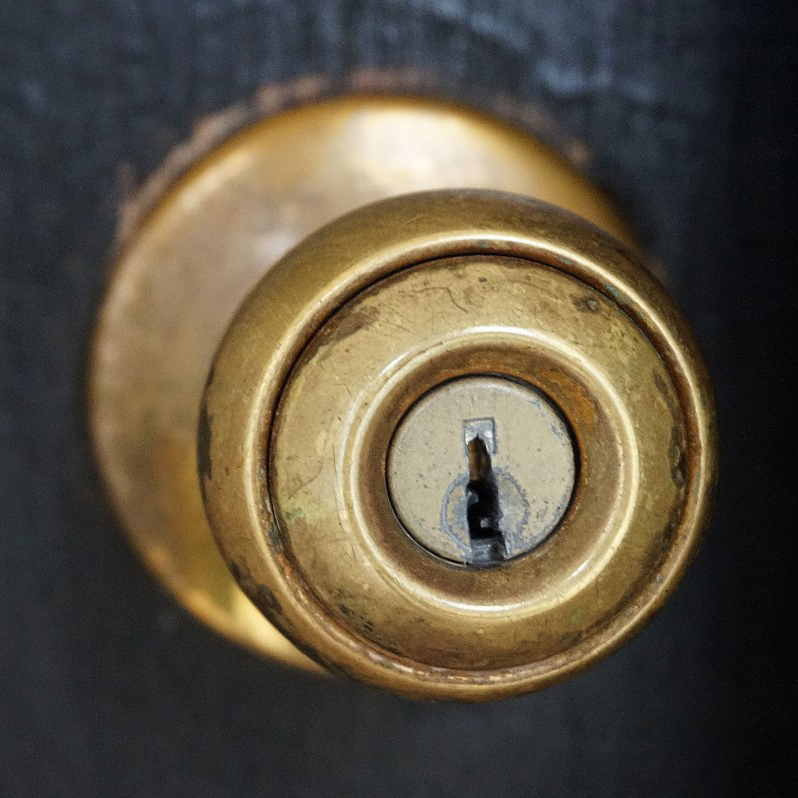 Cleaning and Disinfecting High-Touch Surfaces
Cleaning and Disinfecting High-Touch Surfaces
High-touch surfaces means anything in your home that might be touched on a daily basis by more than one person, and can include: doorknobs, light switches, drawer pulls, cabinet pulls, faucets, sinks, soap pumps, tables, chairs, counters, phones, remote controls, and electronics. The CDC recommends first cleaning and then disinfecting high-touch surfaces in your home on a daily basis, and this is supported by the scientific literature. The reason for not simply disinfecting is that grime and dirt on surfaces can create a sticky cozy home for microbes, protecting them from disinfectant. Basically, disinfectant requires a surface to be clean in order to be most effective. The reason for cleaning daily is that it not only helps eliminate any viruses that might have found their way into your home after opening a package or returning home from a strip to the grocery store, but it also helps slow the spread of the contagion in the event that one family member contracts the disease. (If one member of your family does have covid-19, other precautions include: sequestering them into their own room with their own bathroom, or completely cleaning the bathroom every time they use it, having them wear a mask at all times, and maintaining a 6 to 8 foot distance from them at all times.)
But, the need for cleaning and disinfecting daily doesn’t mean that you need to stock up on all the harsh chemicals after bannishing them from your home (see TPV Podcast Episode 395: Personal Care Toxins, TPV Podcast, Episode 331 Safer Cleaning Products, 7 Chemicals Banned in Europe That Are Allowed in the USA and My Journey Towards Zero Waste ). There are still great nontoxic options!
Nontoxic Cleaners and Disinfectants
I switched to Branch Basics a year ago for all-purpose cleaner, laundry, hand soap and dish soap! I’m just so impressed with the cleaning power of this non-toxic, biodegradable cleaner concentrate made with plant- and mineral-based ingredients (the key ingredients like coco glucoside being derived from sugar). I now use Branch Basics to clean almost everything in my home, laundry, hand soap, and as dish soap! And, Branch Basics multi-purpose cleaner is my Go-To for cleaning off food packaging and high-touch surfaces in my home. Remember that soap like Branch Basics removes germs rather than killing them, so rinsing and wiping are part of the procedure. I also use Dr. Bronner’s Castile Soap as a hand soap and in the shower.
As a disinfectant, I’m simply using 70% isopropyl alcohol, aka isopropanol or rubbing alcohol, in a spray bottle (the same disinfectant we used to clean lab benches and equipment in my medical research days). Once I’m done cleaning, I spray with isopropyl alcohol and come back a few minutes later to wipe any excess off. Surfaces that are sensitive to cleaners, like my smartphone screen, I only disinfect. I feel fortunate that I had a full big bottle of isopropyl alcohol already, before the novel coronavirus hit (leftover from my daughter’s science fair project two years ago). If you have trouble finding it in store, lab-grade ethanol or double-proof vodka or other spirits will work as well. You can also see the EPA’s list of disinfectants effective against SARS-CoV-2 here (note how long each disinfectant needs to be on a surface for 100% effectiveness). For more on how I’m cleaning groceries, see How to Prepare for a Coronavirus Shutdown.
All-in-all, being proactive and aware are the best steps to take. For more covid-19 tips and information, see Natural Approaches to Cold & Flu Season (and Covid-19!), How to Prepare for a Coronavirus Shutdown, TPV Podcast Episode 394: Covid-19, TPV Podcast Episode 396: Covid-19 FAQ and TPV Podcast Episode 398: How We’re Coping with Quarantine.
Citations
Chin AWH, Chu JTS, Perera MRA et al. Stability of SARS-CoV-2 in different environmental conditions. The Lancet Microbe. Published online April 02, 2020. doi: 10.1016/S2666-5247(20)30003-3
Hirose R, Nakaya T, Naito Y, et al. Situations Leading to Reduced Effectiveness of Current Hand Hygiene against Infectious Mucus from Influenza Virus-Infected Patients. mSphere. 2019 Sep 18;4(5). pii: e00474-19. doi: 10.1128/mSphere.00474-19.
Kampf G, Todt D, Pfaender S, Steinmann E. Persistence of coronaviruses on inanimate surfaces and their inactivation with biocidal agents. J Hosp Infect. 2020 Mar;104(3):246-251. doi: 10.1016/j.jhin.2020.01.022. Epub 2020 Feb 6.
Liu M, Ou J, Zhang L, Shen X, Hong R, Ma H, Zhu BP, Fontaine RE. Protective Effect of Hand-Washing and Good Hygienic Habits Against Seasonal Influenza: A Case-Control Study. Medicine (Baltimore). 2016 Mar;95(11):e3046. doi: 10.1097/MD.0000000000003046.
Morrill K, May K, Leek D, et al. Spectrum of antimicrobial activity associated with ionic colloidal silver. J Altern Complement Med. 2013 Mar;19(3):224-31. doi: 10.1089/acm.2011.0681.
Tuladhar E, Hazeleger WC, Koopmans M, Zwietering MH, Duizer E, Beumer RR. Reducing viral contamination from finger pads: handwashing is more effective than alcohol-based hand disinfectants. J Hosp Infect. 2015 Jul;90(3):226-34. doi: 10.1016/j.jhin.2015.02.019.
The Paleo Template E-Book!
Thank you, for pushing the best, most relevant research, for making it relatable to anyone who does not speak the language of scientific research. -Meghan
The Paleo Template e-book is your accessible, practical-focused Paleo diet and lifestyle resource.
- 250+ pages of quick-access information on the Paleo template
- 4 weeks of meal plans with shopping lists
- over 90 family-friendly recipes!
Get instant digital access for $19.99
Buy Now
Two AM, Nakatsuji T, Kotol PF, Arvanitidou E, Du-Thumm L, Hata TR, Gallo RL. The Cutaneous Microbiome and Aspects of Skin Antimicrobial Defense System Resist Acute Treatment with Topical Skin Cleansers. J Invest Dermatol. 2016 Oct;136(10):1950-1954. doi: 10.1016/j.jid.2016.06.612.
van Doremalen N, Bushmaker T, Morris DH, et al. Aerosol and Surface Stability of SARS-CoV-2 as Compared with SARS-CoV-1. N Engl J Med. 2020 Mar 17. doi: 10.1056/NEJMc2004973.
Yu JJ, Manus MB, Mueller O, Windsor SC, Horvath JE, Nunn CL. Antibacterial soap use impacts skin microbial communities in rural Madagascar. PLoS One. 2018 Aug 20;13(8):e0199899. doi: 10.1371/journal.pone.0199899
!function(f,b,e,v,n,t,s){if(f.fbq)return;n=f.fbq=function(){n.callMethod? n.callMethod.apply(n,arguments):n.queue.push(arguments)};if(!f._fbq)f._fbq=n; n.push=n;n.loaded=!0;n.version=‘2.0’;n.queue=[];t=b.createElement(e);t.async=!0; t.src=v;s=b.getElementsByTagName(e)[0];s.parentNode.insertBefore(t,s)}(window, document,'script’,'https://connect.facebook.net/en_US/fbevents.js’);












